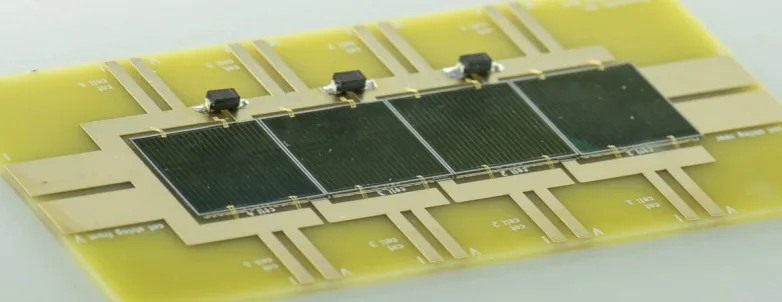Swimming electrons in perovskite nanocrystals
Nov 2, 2019 09:56 AM ET
- Research from Canada has revealed liquid-like lineshape dynamics in cesium-lead iodide perovskite nanocrystals. The findings could be used to produce cheaper and more efficient perovskite cells, researchers claim.

Scientists at Canada’s McGill University claim to have observed the behavior of electrons in cesium-lead iodide (CsPbI3) perovskite nanocrystals over femtoseconds, and discovered they exhibit the behaviour of a liquid.
Thanks to a multi-dimensional electronic spectrometer developed at the university, observation of the electrons was conducted over extraordinarily short periods of time – down to 10 femtoseconds, or ten millionths of a billionth of a second.
Despite being parts of a crystal structure, the research team discovered the materials behaved similar to electrons in liquids.
The findings were outlined in the Two-dimensional electronic spectroscopy reveals liquid-like lineshape dynamics in CsPbI3 perovskite nanocrystals paper, published in Nature.
The authors claim the two-dimensional electronic spectroscopy they used revealed irreversible, diffusive dynamics qualitatively inconsistent with the coherent dynamics in covalent solids such as cadmium selenide quantum dots; and liquid-like structural dynamics on a 10-femtosecond timescale.
The finding is said to offer particular promise for research into the prevention of polaron formation, which affects electron transport in hybrid perovskites.
“Polaron formation arises from the dynamical coupling of atomic fluctuations to electronic states,” the researchers wrote. “Measuring the properties of these fluctuations is therefore essential in light of potential optoelectronic applications.”
Also read

